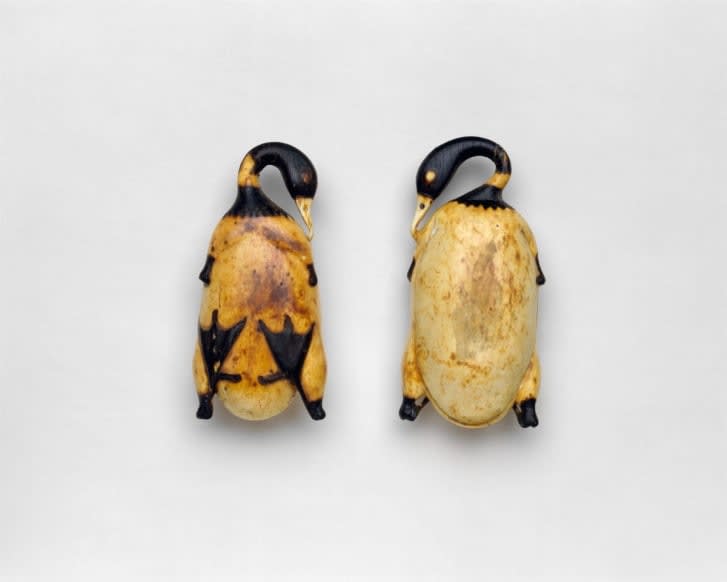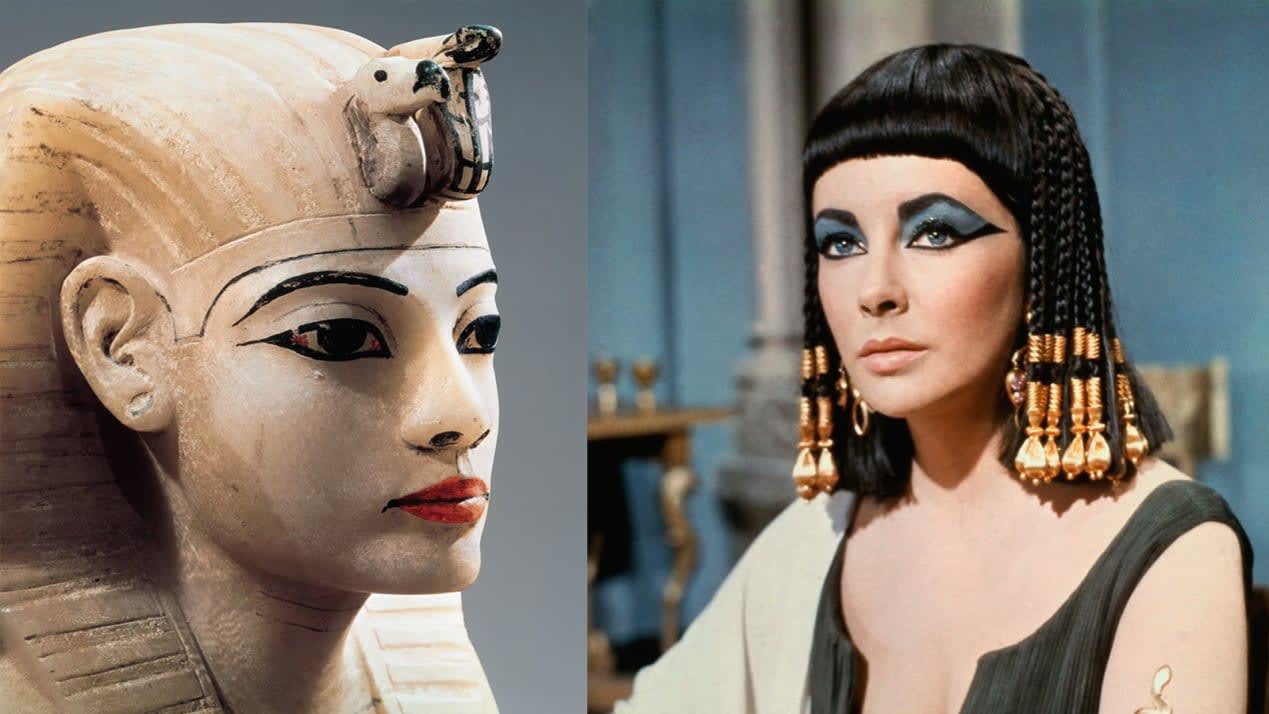دبي، الإمارات العربية المتحدة (CNN) -- تختلف أنواع وألوان مساحيق التجميل اليوم، ومع كل فصل جديد، تندرج أساليب جديدة لوضع المساحيق على الوجه، ولكن ماذا لو عدنا بالزمن إلى عالم الفراعنة وأساليبهم المختلفة لوضع مساحيق التجميل، فما الذي يمكن أن نكتشفه؟
كان التبرّج في الإمبراطورية المصرية القديمة مهماً للنساء والرجال في ذلك الزمان، حيث استخدموا الكحل، وأحمر الشفاه، وغيرها من مستحضرات التجميل المتعارف عليها اليوم للتبرّج. وتشتهر شخصيات كليوباترا، ونفرتيتي، بالكحل الأسود للعينين، واللون الأزرق على الجفون.
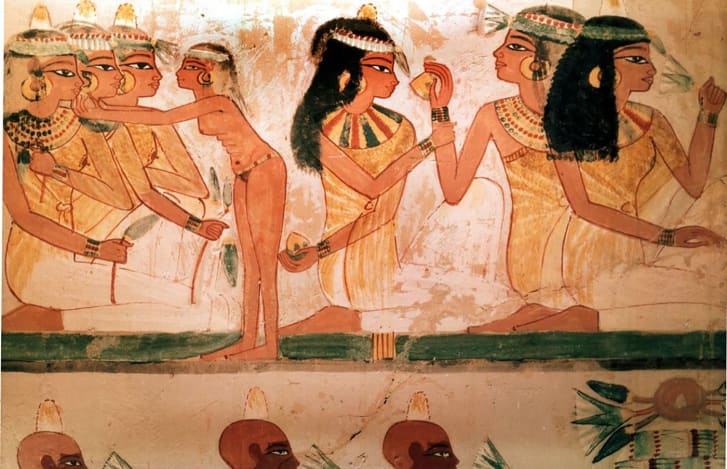
ولم يضع المصريون القدامى مستحضرات التجميل على وجوههم، لمجرد التبرج وتحسين مظهرهم، بل استخدموا المساحيق أثناء طقوسهم المعتادة لتحمل أيضاً معنى رمزي، ولكنهم، في جميع الأحوال، التزموا بروتين وضع المساحيق بجدية، إذ يشتق المصطلح الهيروغليفي لفنان التجميل من كلمة "سيش"، والتي تعني الكتابة أو النقش، مما يشير إلى المهارة الكبيرة التي تتطلب من الشخص وضع الكحل أو أحمر الشفاه.
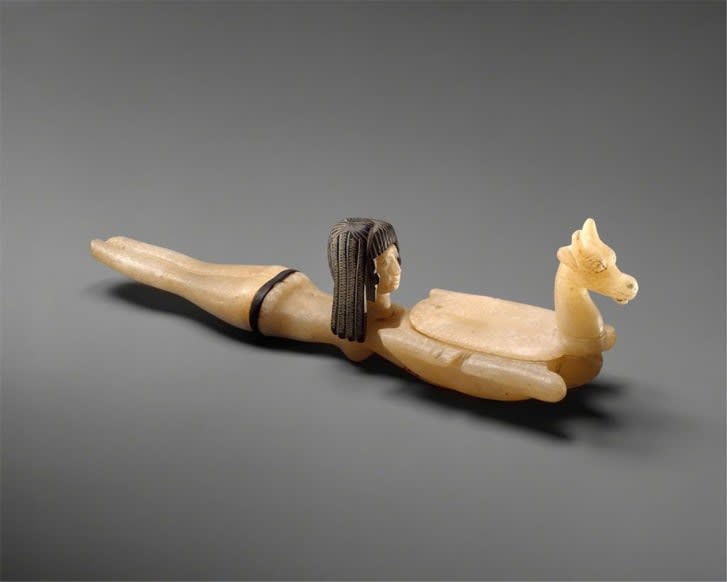
ونُفذت طقوس الجمال الأكثر تميزاً في حمامات الأغنياء القدماء من النساء المصريات، إذ كن وقبل وضع مستحضرات التجميل، يبدأن بتنظيف وتحضير بشرتهن من خلال تقشير البشرة بأملاح من البحر الميت، أو حمام الحليب، فيما كانت نساء أخريات يفضلن وضع الزيوت والبهارات على أجسادهن بهدف النعومة.
وبعد الانتهاء من عملية تحضير البشرة يحضر الخدم المكونات، والأدوات اللازمة، لوضع مستحضرات التجميل، ولكن الأواني التي تتضمن مستحضرات التجميل تُعتبر مهمة أيضاً، إذ تُصنع في بعض الأحيان من الزجاج، والذهب، والأحجار الشبه كريمة.
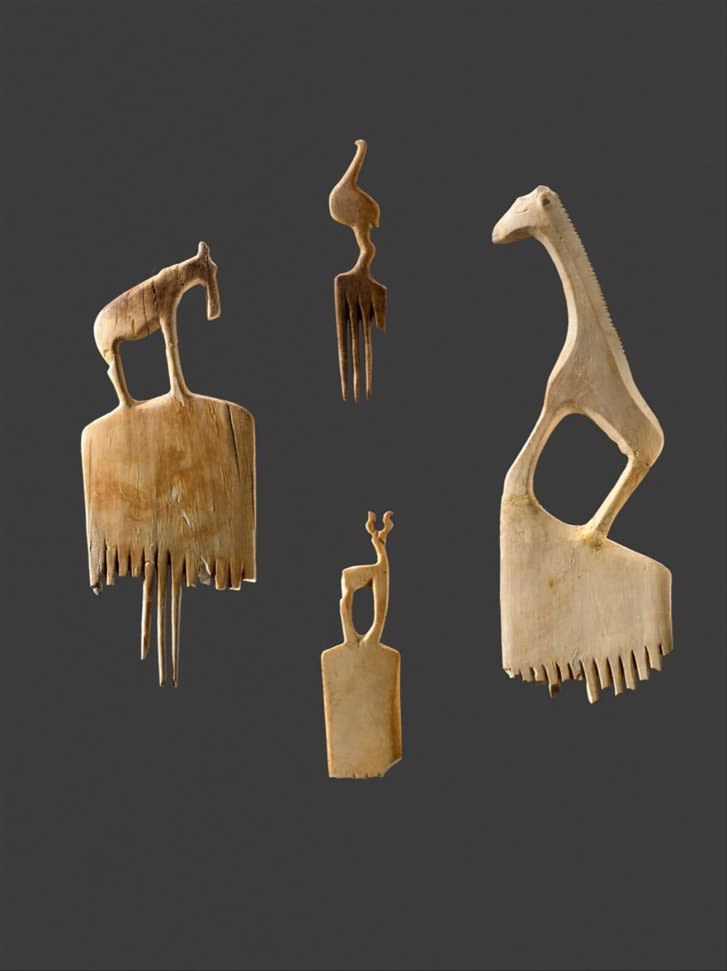
وتمثل هذه الرموز الولادة الجديدة والتجدّد، كما كان يعتقد أن طحن الأصباغ على لوح حيواني تمنح من يتزيّن بها قدرات خاصة. أما الأشخاص من الطبقة المتواضعة أو الأقل ثروة، فكانوا يستخدمون أدوات أكثر بساطة لوضع مستحضرات التجميل.
واستخدم الكحل في الحضارة الفرعونية للنساء والرجال، لحماية أعينهم من شمس الصحراء الحارقة، إذ تعود أصول كلمة "Make Up Pallete"لمصطلح "To protect" أو "الحماية" باللغة العربية .
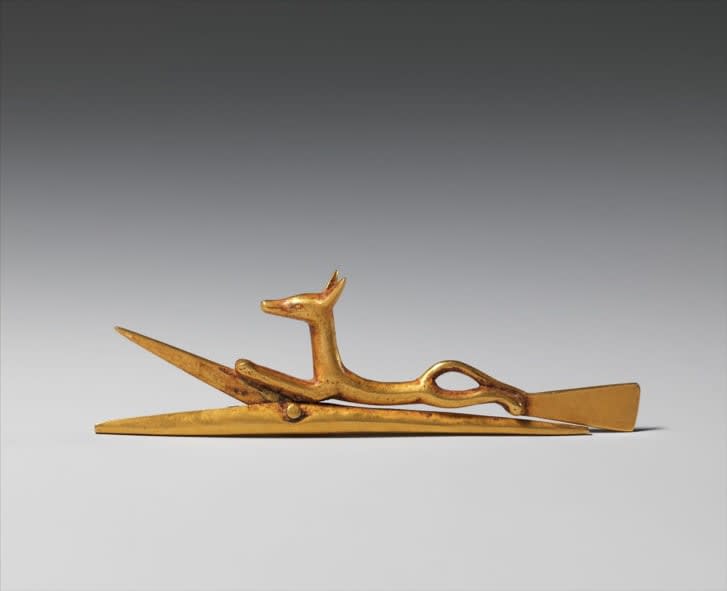
أما فيما يتعلق بأحمر الشفاه، فكان الخدم في الزمن الفرعوني يخلطون بين الدهون الحيوانية، أو الزيوت النباتية، والطلاء، إلا أن كليوباترا اشتهرت بهرس الخنافس، للحصول على الدرجة المناسبة من اللون الأحمر.
ولا يقتصر المكياج والتبرّج على الأحياء فقط في الحضارة المصرية القديمة، إذ كان المنظر الخارجي للموتى مهم أيضاً، فقد وجد المستكشفون في مواقع الدفن بعض المنتجات مثل مشط الشعر، والمجوهرات، والعطور.
